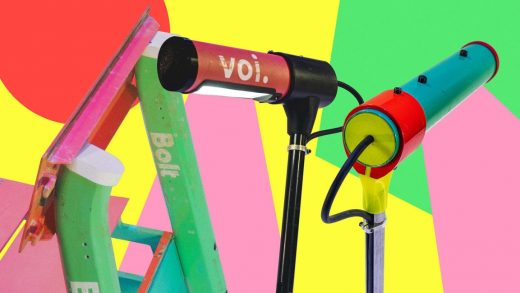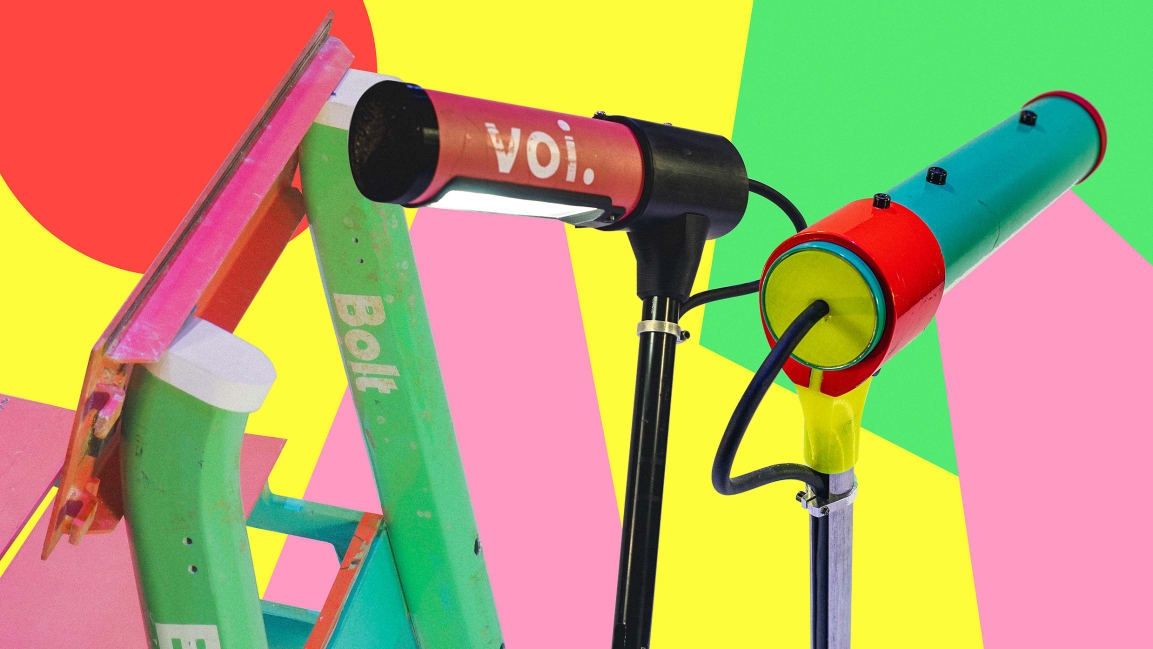Designers used e-scooters tossed in rivers to make furniture, proving junk can find purpose
The canals of Malmö, Sweden, hold all kinds of oddities. Like many urban waterways, they are strewn with discarded shopping carts, bikes, and dead electric scooters that have been sitting in the water for as long as two years. Many people would discount them as trash, but for one group of designers, trash became treasure.
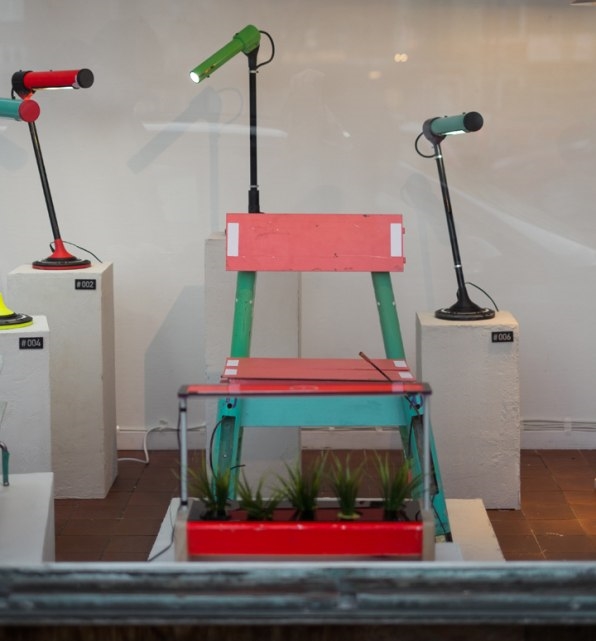
Called Andra Formen (or “second form” in Swedish), the young design studio collaborated with divers who fished out about 20 scooters from the Malmö canals, most of which were dumped near the city’s central train station. They then disassembled them into pieces, creating a kit of parts used to make unique pieces of furniture. The collection includes lamps, a hydroponic planter, a chair, and a large grill, and all of them are made from upcycled handlebars, steering columns, and hubcaps from the likes of Tier, Lime, and Voi scooters.

Electric scooter companies often position their machines as environmentally friendly because they’re electric, and a scooter-share program can help fill transit gaps while reducing car trips. But the e-scooter craze has had an unexpected consequence: they are often vandalized and tossed. From Portland’s Willamette River, to Oakland’s Lake Merritt, to Malmö’s canals, scooters end up at the bottom of urban waterways, where toxic lithium batteries can leach and pollute the environment.
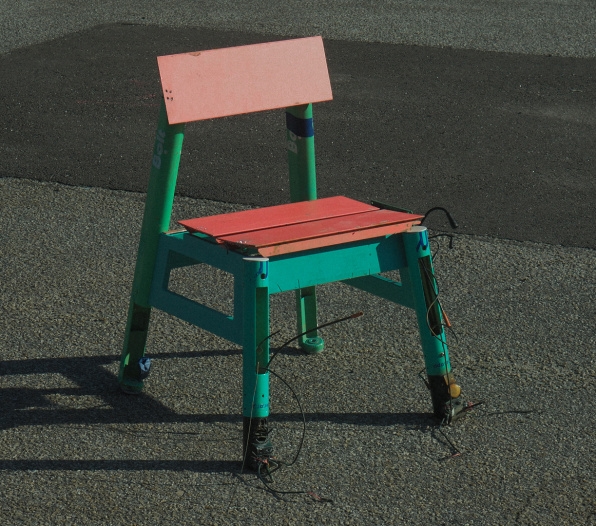
About a year ago, an article came out in the local Malmö newspaper stating that more than 200 scooters were lying at the bottom of Malmö’s canals. “Some of them had barnacles growing on them,” says Christian Svensson, who started Andra Formen with three other designers.
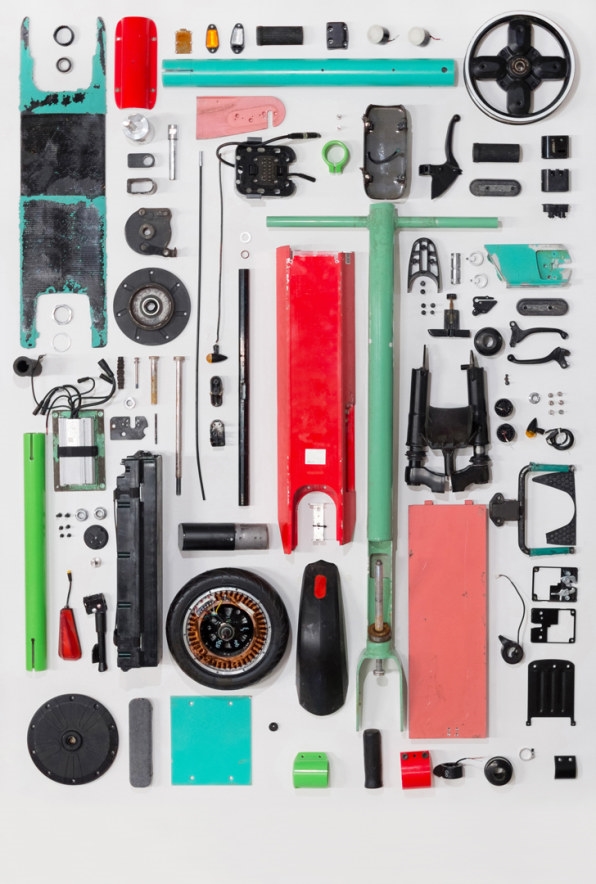
After a quick rinse, the team dismantled each scooter (with more than 50 rusty screws, Svensson says even that was a challenge) and started looking for inspiration in each component. “We tried to stay true to the shapes of the scooters,” says Oskar Olsson, who designed many of the desk lamps. “Some even have dents and scratches, and they tell a story about the life it had before.”
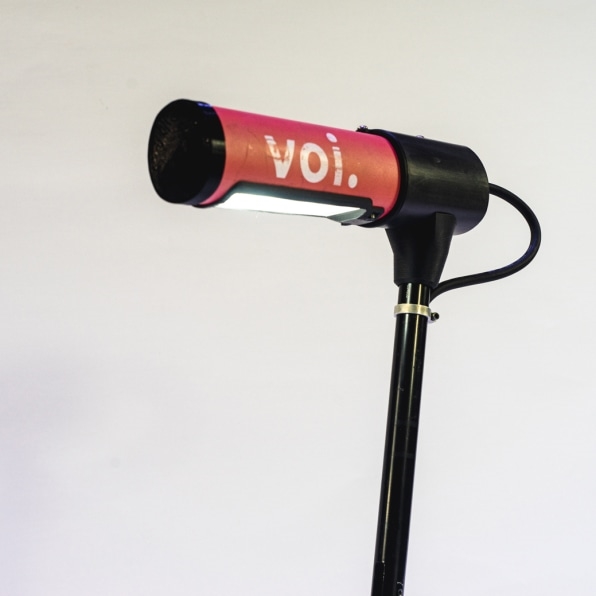
The designers used 3D-printed pieces to connect some components together but mostly they tried to reuse scooter parts. For the desk lamp, Olsson used the hubcap as the base, and a handlebar for the neck and the head. For the floor lamp, Jingbei Zheng used a dead battery—the scooter’s heaviest part—to weigh the lamp down. And for the chair, Peder Nilsson used an amalgamation of seven scooters: the legs are made from two Bolt handlebars and two Tier handlebars; the seat and backseat are made from several scooter decks. The entire thing is pieced together using connector pieces from Voi scooters. “It’s a whole puzzle,” says Nilsson.
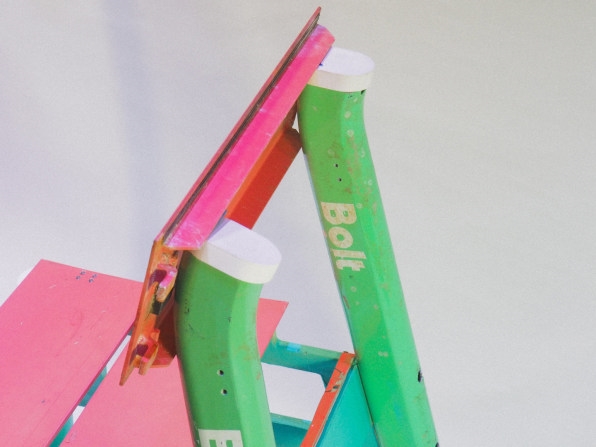
The studio is selling each piece on its website (prices range from $200 to about $800, and the divers get a cut, as well). It may be tough to scale up an operation that requires so many puzzle pieces and so much labor, but the collection is a welcome reminder that, with a little bit of ingenuity, dead scooters can be repurposed into something useful. “We wanted to show that you can actually do something with waste,” says Svensson. “It doesn’t need to go to the dump.”
(23)

